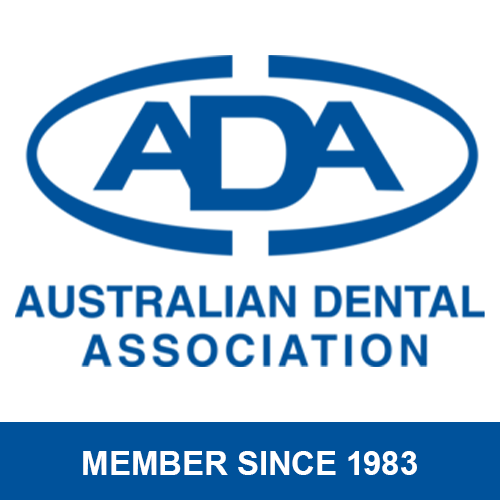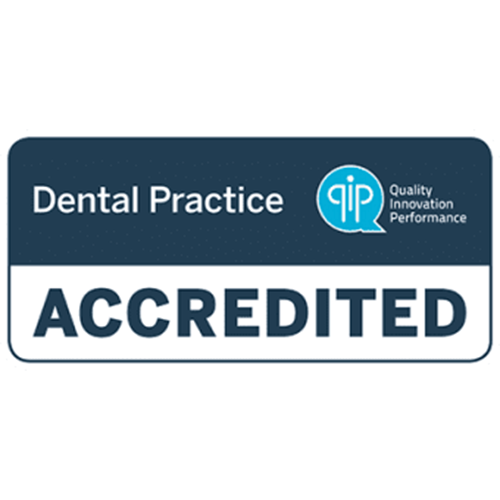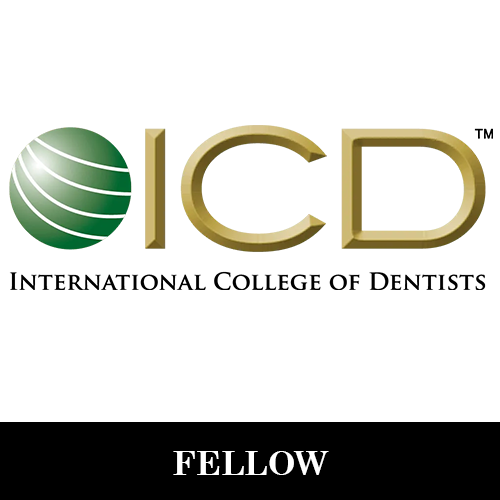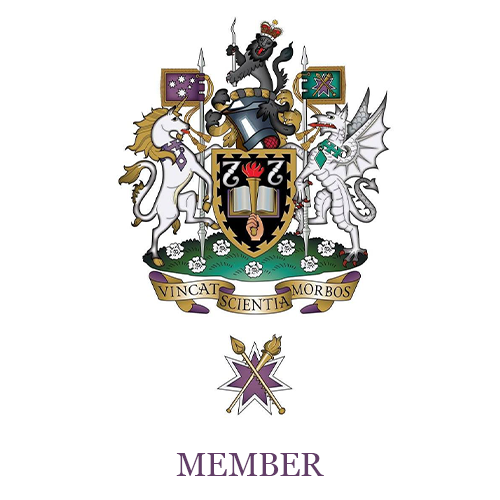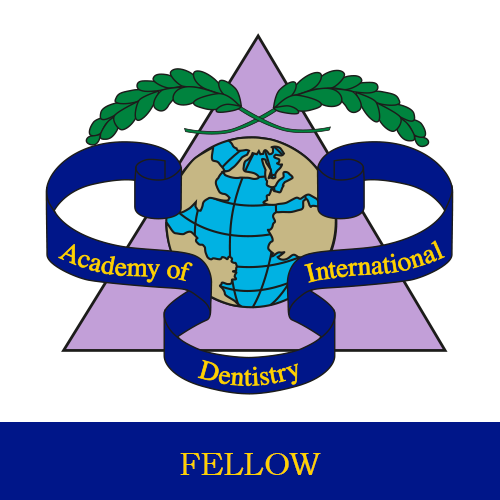Do You Do It Right?
This Is How Long You Need to Brush Your Teeth
Okay, so you’ve probably been brushing your teeth since you were a youngling. More than likely, you haven’t given too much thought as to if you’re doing it right or not. Because, really, what is there to tooth-brushing? How hard can it be?
While brushing your teeth is most certainly not difficult, many people don’t do it right. A 2018 report from the Australian Dental Association revealed one in four people have untreated tooth decay. The reason may be how little many Australians brush. The same study reported half of Australian adults and one-third of children do not brush their teeth at least twice per day.
Another problem that researchers found: most people do not brush their teeth long enough. In the study, people brushed an average of 45 seconds. The American Dental Association (ADA) finds that the average American doesn’t brush long enough either; coming in at around the same 45-second mark as our Aussie friends.
As you can probably deduce from the article’s title, 45 seconds isn’t long enough. Let’s talk about how long you need to brush your teeth, according to science.
WHY IS TIME IMPORTANT?
Quick brainstorming session: Think of all the things that you chew or swallow on a given day. Got it? Read on.
Pretty much everything that just popped into your mouth leaves behind something that will stick to your teeth and tongue. Food debris, sugar, and other materials build up, around, and in between your teeth and gums throughout the day. This stuff needs to be removed. We do that through tooth-brushing – a crucial part of oral hygiene.
Not brushing your teeth long enough is akin to jumping into the shower, hastily soaping up, and jumping out before a good rinse. You’ve technically taken a shower, but your body isn’t very clean. Likewise, mindlessly putting a spot of toothpaste on your brush and doing a side-to-side motion a few times won’t accomplish much.
When it comes to brushing your teeth, spending enough time ensures that you get a quality clean. Let’s talk more about that.
HOW LONG? RESEARCH SAYS TWO MINUTES
“A sub-analysis of brushing duration reveals after 1 (minute), a mean (plaque) reduction of 27% and after 2 (minutes), 41%.” – Slot, D.E., et al.
Results from 59 separate studies published in the International Journal of Dental Hygiene showed that brushing for two minutes leads to a mean reduction of plaque of about 41 percent. Plaque removal rates varied from 30 to 53 percent depending on the “plaque index” – a measure used to evaluate the level of plaque formation on the surface of teeth.
WHY TWO MINUTES?
Researchers find that brushing for 120 full seconds helps to ensure that the areas in need of cleaning – the inside, outside, and chewing surfaces – receive enough attention. Plaque is less likely to harden and become tartar – the hard, yellowing gunk that ends up staining your teeth (and leading to bad breath).
Brushing for two minutes, twice per day – four minutes total – also keeps cavities away. In a systematic review of 33 studies published in the Journal of Dental Research, researchers found that brushing twice per day may lower the risk of tooth decay (cavities).
For most people, spending more than four minutes per day at tooth-brushing is not necessary. However, for people who consume a lot of sugar, brushing more frequently or for longer periods may be advantageous. Individuals with a personal or family history of gum disease and those with a dental device (e.g. braces, retainer, etc.) may wish to do the same.
RESEARCH ALSO SHOWS…
While there are many techniques for brushing teeth (really), the ADA recommends placing the toothbrush at a 45-degree angle to the gum line just above and below the gingival margin. The brush should be manoeuvre horizontally against the inside surfaces of the front teeth, at which time the brush should be tilted vertically, and several up-and-down strokes made.
Research study reviews also find that toothbrushes featuring a multi-levelled or angled bristle design remove more plaque than other styles, including the popular flat-trimmed brushes.
Regarding electric or manual toothbrushes, most research seems to find that both types are equally effective, provided that the brusher adheres to thorough brushing guidelines. Given that electric toothbrushes make brushing easier, they may prove more effective for some people such as those with dexterity issues.
For individuals with tartar buildup, brushing is not enough to remove it. Tartar binds to teeth enamel so strongly that only a dental professional carries the equipment necessary to ensure thorough removal of the substance. Flossing between the teeth may also help reduce the risk of cavities and tartar buildup.
FINAL THOUGHTS:
“Most dental problems – like tooth decay, gum disease, and other common problems – are really preventable.” – Dr. Sally Cram
Here are a few other tooth-brushing tips:
- Buy a quality brush. Try finding a good brush with multi-level or angled bristles; research shows these toothbrushes more effective at removing plaque. The ADA (and many other dental organisations around the world) publish lists of approved dental products.
- Change your toothbrush every 3-4 months. Damaged, bent bristles will not do as good of a job keeping your teeth clean.
- Don’t brush too hard. While a firm pressure while brushing is probably okay, too much can damage your gums. Per the ADA, gentle brushing is just as effective in removing bacteria and leftover food debris.
- Use a soft toothbrush. As mentioned. Hard brushing is counterproductive and can potentially damage your gums. For this reason – and as a tactile reminder to brush gently – always use a toothbrush with soft bristles.
- Store your brush correctly. Many people mistakenly cite hygiene as a reason to cap the head of their toothbrush between brushes. However, dental experts recommend exposing the head; this allows the brush to air dry. Keeping the brush in a container can cause bacteria and germs to gather.
- Technique, technique, technique! The ADA recommends holding your toothbrush at a 45-degree angle to the gums while moving the brush side-to-side in short, tooth-wide strokes. Brush a total of four locations: the chewing, inside, and outside surfaces of the teeth, and the tongue.
- We can show how to do it just right!
- Wait a bit after eating. If you brush your teeth after eating or drinking, good for you. Just be sure to wait 60 minutes before doing so, especially after something acidic, like orange juice. The ADA recommends drinking water or chewing sugarless gum to clean your teeth while waiting to brush.
If it’s time to make some changes and start brushing for a little longer, it might also be a good time to visit Moss Vale Dental Centre in Elizabeth Street, Moss Vale and see Dr. Patrick Meaney or another of our experienced team members to ‘bush up’ on your technique. Call
(02) 4869 3111 to make an appointment.
Site Links
Our Services
Locations We Service
Contacts
ABN: 40 525 320 779
Trading Hours
- Monday
- -
- Tuesday
- -
- Wednesday
- -
- Thursday
- -
- Friday
- -
- Saturday
- Closed
- Sunday
- Closed



